NEWS CENTER
HOT PRODUCTS
-
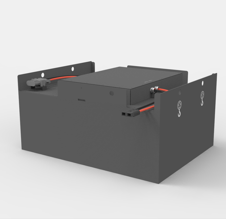
CATL forklfit lithiu...
-

3.2V 100ah 6C high r...
-
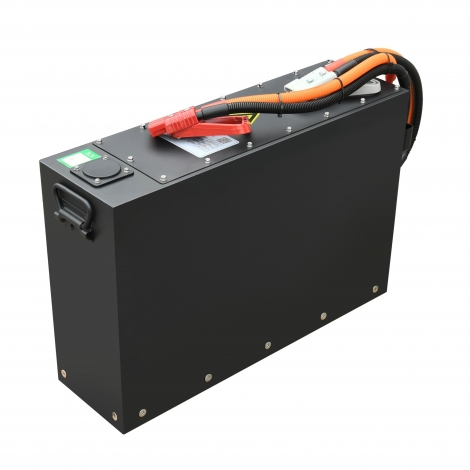
24V forklift battery...
-
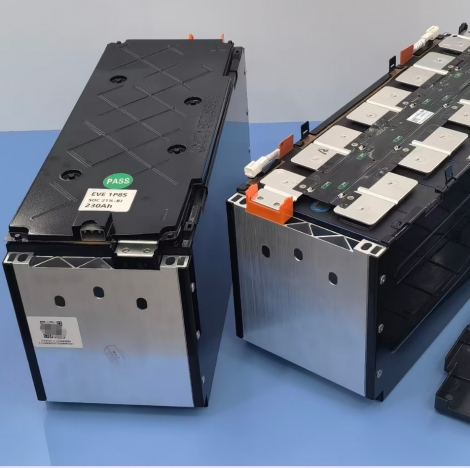
certified 9.6V/16V/2...
-
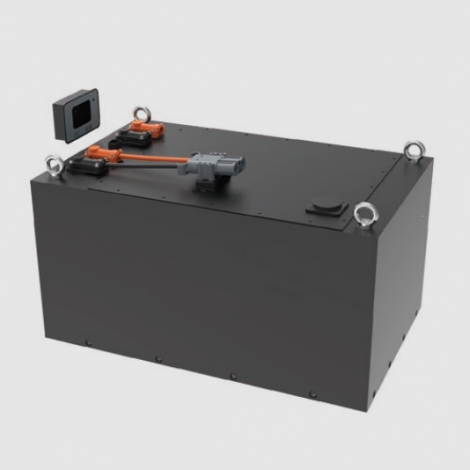
51.2V Forklift li-i...
-
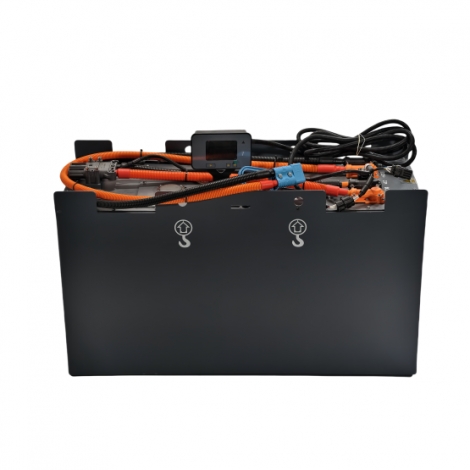
48V 80V Forklift LiF...
-
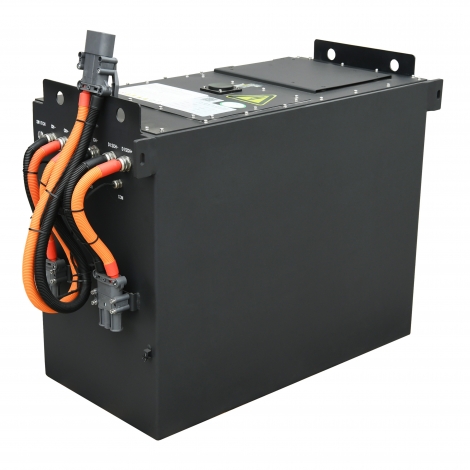
51.2V/83.2V Forklift...
-
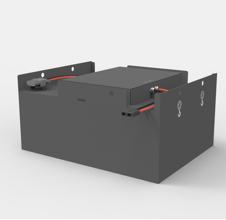
51.2V/83.2V Forklift...
-

-45degree lifepo4 ce...
-
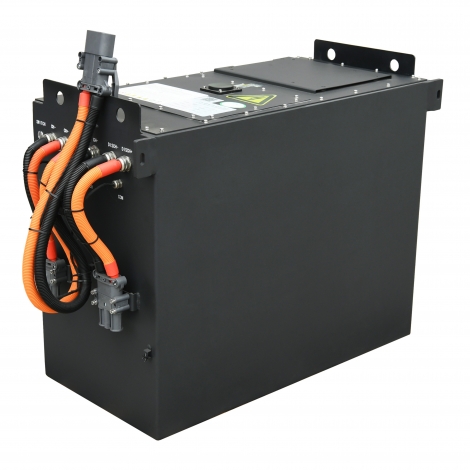
48V 500ah Forklift L...
-

lifepo4 cell 3.2V 10...
-
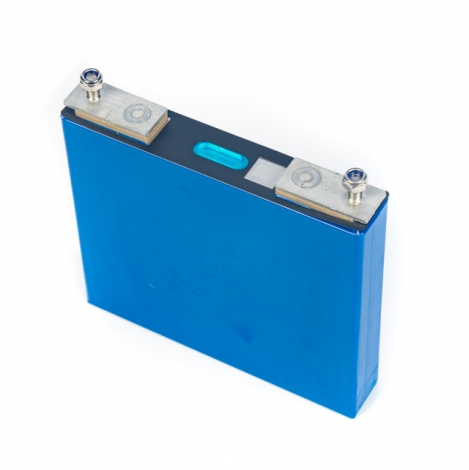
UPS, 50ah 3C/6C hig...
-
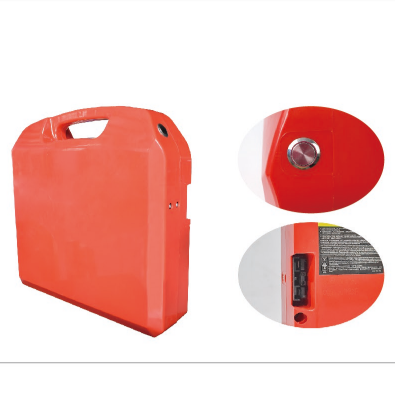
Heli 24V 40ah electr...
-
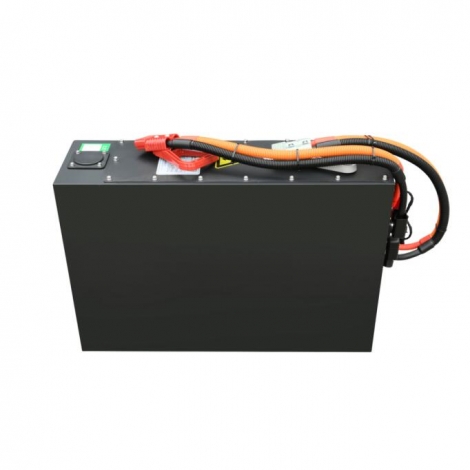
CATL 24V forklift li...
-
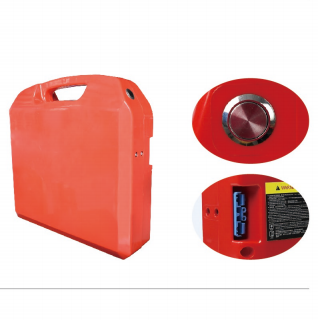
Heli 48V 30ah electr...
what are the core MES(management execution system) features
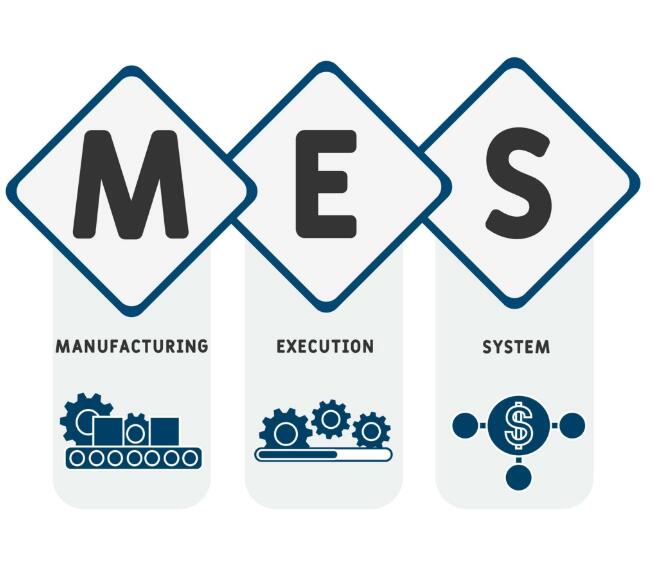
· Resource allocation and status: Use real-time data to track and analyze the status of resources, including machines, materials, and labor, to make allocation adjustments.
· Operations/detailed scheduling: Optimize performance by scheduling, timing, and sequencing activities based on priorities and resource capacity.
· Dispatching production units: Manage production data flow in real time to easily make quick, calculated adjustments in production dispatching.
· Document control: Manage and distribute documents – including work instructions, drawings, standard operating procedures, batch records, and more – so they’re accessible and editable.
· Data collection and acquisition: Track and collect real-time data about processes, materials, and operations and use it to make better decisions and increase efficiency.
· Labor management: Track worker schedules, qualifications, and authorizations to optimize labor management with less investment of time and resources from management.
· Quality management: Track quality deviations and exceptions for improved quality control management and documentation.
· Process management: Manage the entire production process from order release to finished goods. Gain insight into bottlenecks and points that affect quality while creating full production traceability.
· Maintenance management: Use data from your MES to identify potential equipment issues before they happen and adjust equipment, tool, and machine maintenance schedules to reduce downtime and increase efficiency.
· Product tracking and genealogy: Track the progress of your products and their genealogy for informed decision-making. Having the data of a product’s full history is extremely useful for manufacturers who must comply with government or industry regulations.
· Performance analysis: Compare results and goals to identify strengths and weaknesses in the overall process and use that data to make systems more efficient.

 Send Email
Send Email 18963643619
18963643619